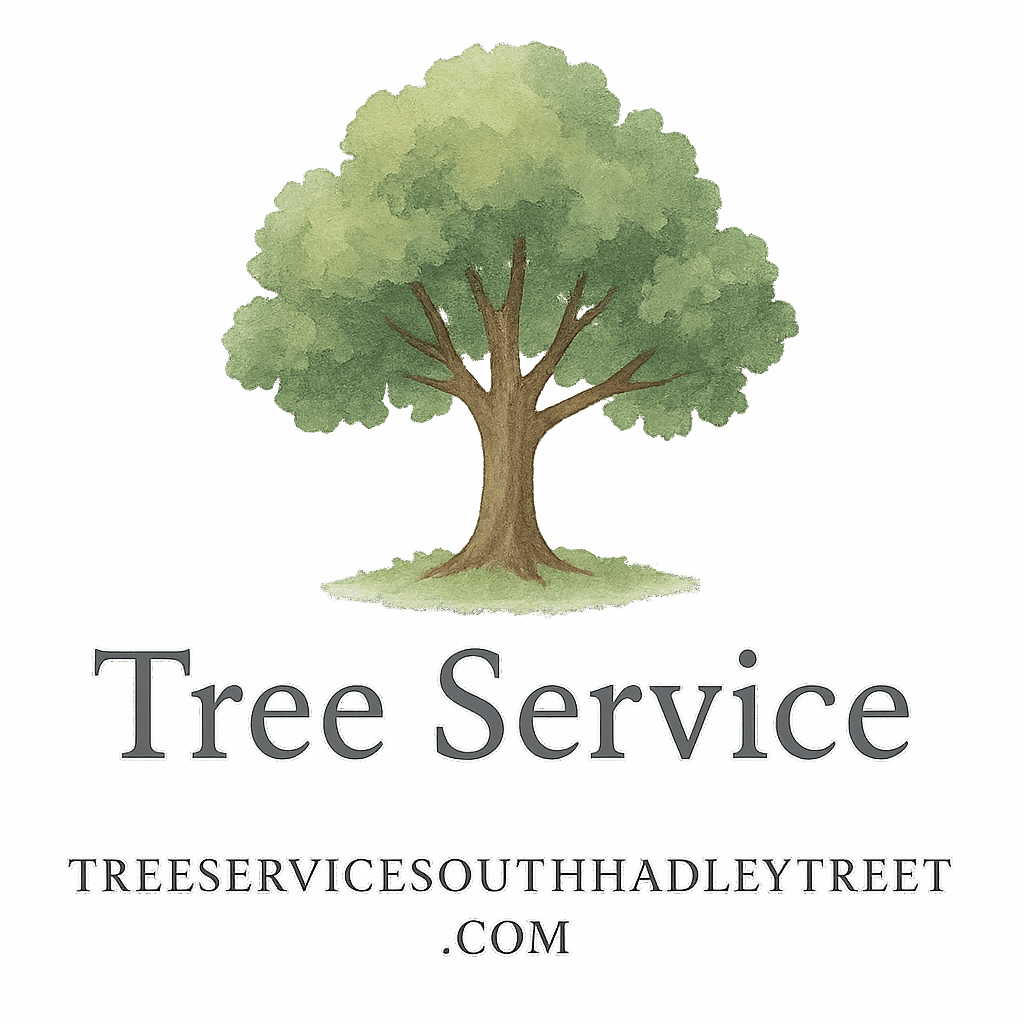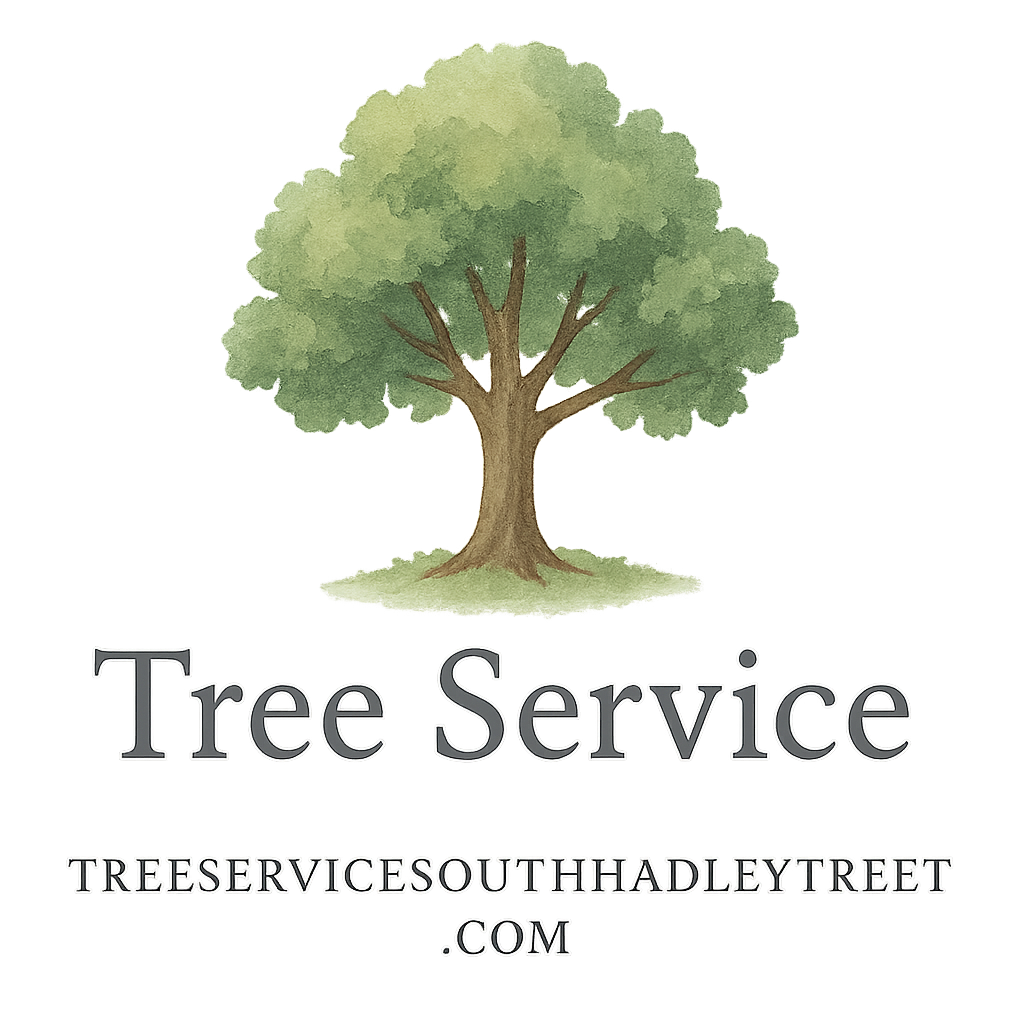Introduction
Let’s face it: trees don’t come with instruction manuals. If you’re a homeowner, you’ve probably heard phrases like tree trimming, crown thinning, or cabling, and thought… what does that even mean? Whether you’re planting new saplings or dealing with a storm-damaged oak, understanding key tree service terms can save you time, money, and even your property.
Not only will we break down ten essential terms, but we’ll also link to deeper resources to help you learn more—straight from the experts at Tree Service South Hadley TNT ETS.
1. Tree Pruning
What Is Tree Pruning?
Tree pruning is like giving your tree a haircut—but it’s more than cosmetic. Pruning involves selectively removing branches to shape the tree, improve its structure, and promote healthy growth.
Why It Matters
Dead or diseased limbs can harm your tree and pose serious safety risks. Regular pruning prevents this, ensuring your trees remain safe, strong, and stunning. Check out Tree Health & Safety for more on keeping trees vibrant.
2. Tree Trimming
Tree Trimming vs. Pruning
While pruning focuses on health, trimming is often for aesthetics. It’s about shaping the tree, maintaining distance from structures, and enhancing curb appeal.
Seasonal Importance
Tree trimming is especially useful during seasonal transitions. Spring and fall are key times—explore the Emergency & Seasonal Tree Service page for seasonal advice.
3. Crown Thinning
Improving Airflow & Light
Crown thinning is the process of removing smaller branches to reduce tree density. This improves air circulation and allows sunlight to penetrate, benefiting both the tree and surrounding plants.
How It Helps Tree Health
Better airflow means less chance of mold and pests—great for long-term tree health. See more about tree disease prevention here.

4. Tree Removal
When Is It Necessary?
Sometimes a tree has to go—maybe it’s dead, leaning dangerously, or crowding others. Whatever the reason, it’s not a DIY job. Tree Removal & Trimming is best left to pros.
Hiring the Right Pros
Always work with certified arborists. For tips, visit Tree Service Basics and learn about the hiring process.
5. Emergency Tree Service
Storm Damage Scenarios
When a storm knocks down trees or large limbs, you need help fast. That’s where Emergency Tree Services come into play.
Quick Response is Key
Quick cleanup prevents further property damage. Read how to prepare in the Storm Damage section.
6. Tree Health Assessment
Spotting Early Signs of Disease
Yellowing leaves, bark abnormalities, or slow growth can all be red flags. Regular tree health assessments can catch issues before they spread.
Tools and Expert Advice
Experts use resistographs, core samplers, and even drone imaging. Sound high-tech? It is—and that’s why professionals are worth it. Check the Tree Health tag for more.
7. Cabling and Bracing
Structural Support for Safety
Trees with weak branches or forks may need cabling—a technique using wires or rods to add support. It helps prevent splitting and extends a tree’s life.
When to Consider It
If your tree looks “off-balance,” this could be your solution. Learn when to act with our tree service checklist.
8. Stump Grinding
Why Stump Removal Matters
After tree removal, that ugly stump remains. It’s not just an eyesore—it can attract pests and even sprout new (unwanted) growth.
Cost and Process
Stump grinding is quicker and less invasive than full removal. Learn about tree service costs to budget smartly.
9. Tree Fertilization
Feeding Your Trees Right
Like us, trees need nutrients. Fertilization helps with growth, resilience, and root development. Underfed trees are more prone to disease.
Organic vs. Synthetic
Organic fertilizers improve soil over time. Synthetic ones give quicker results. Compare options under our comparison tag.
10. ISA Certification
Why Certified Arborists Matter
ISA stands for the International Society of Arboriculture. Arborists certified by ISA have the training, ethics, and experience you want in your yard.
Check credentials before hiring. For help choosing the right professionals, check out our hiring and quote tips.
Conclusion
Understanding basic tree service terms can be a total game-changer for homeowners. You’ll be able to talk shop with arborists, make informed decisions, and keep your trees healthy and safe for years to come. Whether you’re facing seasonal maintenance, urgent storm damage, or long-term tree care planning—being in the know matters.
Need expert help? Check out Tree Service South Hadley TNT ETS for trusted service, tips, and free consultations.
FAQs
1. What’s the difference between tree pruning and tree trimming?
Pruning focuses on the tree’s health, while trimming is more about appearance and shape.
2. How do I know if a tree needs to be removed?
Look for dead branches, fungal growth, or leaning. If in doubt, schedule an assessment from a pro.
3. Is tree cabling permanent?
It can be, but it’s often reviewed every few years to check effectiveness and condition.
4. When is the best time to fertilize trees?
Early spring or late fall is ideal. Avoid fertilizing in extreme heat or drought.
5. What does “crown thinning” mean for my tree?
It means selectively removing branches in the canopy to improve air and light flow.
6. Are stump grinding and stump removal the same thing?
Not quite. Grinding leaves roots behind but removes the visible stump. Removal digs everything out.
7. How do I find a certified arborist near me?
Search for ISA-certified arborists and check their reviews—or start with Tree Service South Hadley.


